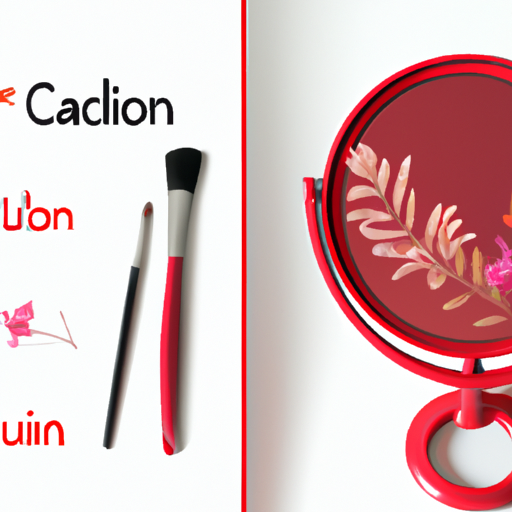Sweat Surgery: A Comprehensive Guide
Sweat surgery is a term that’s gaining traction among those seeking permanent solutions for excessive sweating, or hyperhidrosis.
Imagine being able to wear your favorite clothes without the fear of sweat stains or shaking hands without worry.
In this blog post, we’ll delve into everything you need to know about sweat surgery, from what it entails to its benefits and risks.
What Is Sweat Surgery?
Sweat surgery involves medical procedures aimed at reducing or eliminating excessive sweating.
This could mean removing sweat glands in targeted areas or addressing overactive nerves responsible for perspiration.
There are different types of sweat surgeries available, each with its unique approach and benefits.
Hyperhidrosis surgery is often recommended when other perspiration treatments like topical solutions or injections to stop sweating haven’t provided relief.
These surgeries can offer a more permanent solution but come with their own set of considerations.
Types Of Sweat Surgery
There are several types of sweat surgery that one might consider:
1. Endoscopic Thoracic Sympathectomy (ETS Surgery): This involves cutting or clamping the sympathetic nerves responsible for excessive sweating.
2. Axillary Sweat Gland Removal: This is a targeted procedure where the surgeon removes sweat glands from the underarm area.
3. Laser Treatments: These procedures use laser technology to destroy overactive sweat glands.
Each type has its own pros and cons, which we will discuss in detail in the following sections.
ETS Surgery
Endoscopic Thoracic Sympathectomy (ETS) is a popular option for those suffering from severe hyperhidrosis.
It involves small incisions through which endoscopic instruments are inserted to cut or clamp the sympathetic nerves located in the chest cavity.
While ETS can be highly effective, it’s crucial to understand that it comes with potential side effects such as compensatory sweating in other areas of the body.
The procedure usually takes about an hour and requires general anesthesia.
Recovery time is relatively quick, allowing patients to return to their normal activities within a week.
Axillary Sweat Gland Removal
For those primarily battling underarm sweating, axillary sweat gland removal could be an ideal solution.
This procedure targets only the underarm area and aims to remove sweat glands directly.
The process involves either suction curettage (similar to liposuction) or excision through small incisions.
Unlike ETS surgery, this method focuses on localized treatment which can be beneficial for those not experiencing generalized hyperhidrosis.
Recovery time varies but generally ranges from a few days to a couple of weeks.
The results are often long-lasting but may require follow-up treatments for optimal effectiveness.
The Benefits Of Sweat Surgery
Sweat surgery offers multiple benefits that significantly improve quality of life:
– Long-Lasting Results: Unlike temporary treatments such as topical creams or antiperspirants, surgical solutions can provide lasting relief.
– Improved Self-Esteem: The significant reduction in sweating can greatly enhance self-confidence and social interactions.
– Enhanced Comfort: Say goodbye to soaked clothes and uncomfortable sweaty moments!
Real-life examples abound where individuals have experienced transformative effects post-surgery—ranging from improved professional life due to higher confidence levels, better personal relationships due to reduced anxiety about social interactions, and even increased physical comfort during everyday activities.
The Risks And Considerations
Like any medical procedure, there are risks associated with sweat surgery:
– Compensatory Sweating: Particularly common after ETS surgery, this involves increased sweating in other parts of the body as compensation for reduced sweating at the treated site.
– Scarring: Although minimal invasive techniques reduce scarring risks, some minor scarring may still occur depending on individual healing processes.
– Nerve Damage: Rare but possible; improper handling during nerve-related surgeries could lead to unintended nerve damage.
Before opting for any form of hyperhidrosis surgery , it’s essentialto consult thoroughly with healthcare professionals who specializein perspiration treatments . They can help evaluate your specific conditionand recommend appropriate interventions while discussingpotential risks vs rewards tailored toyour needs.

